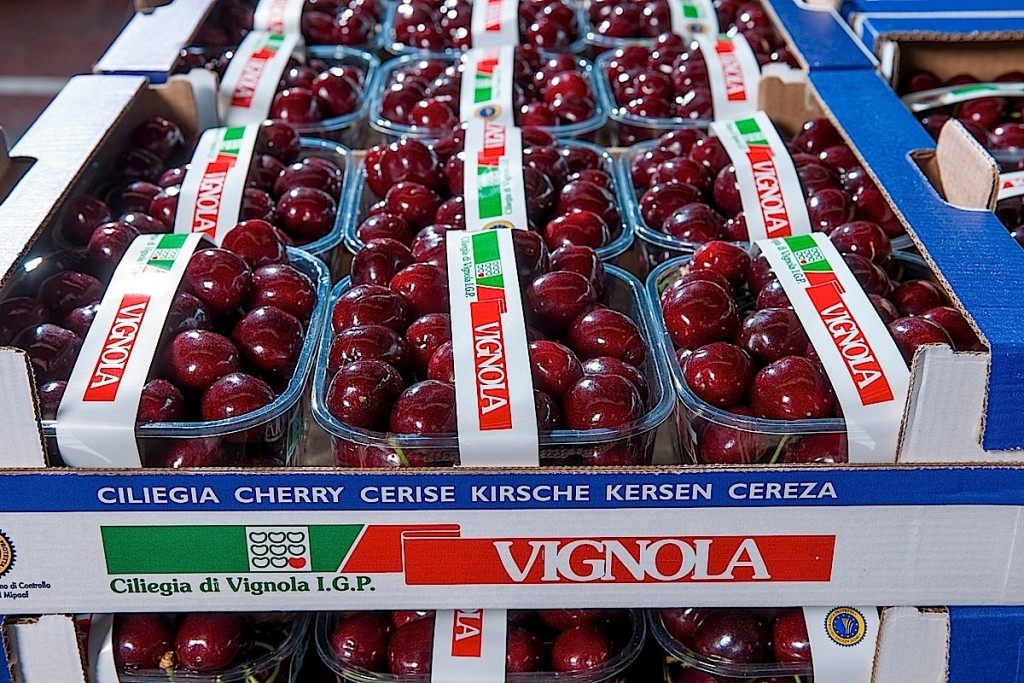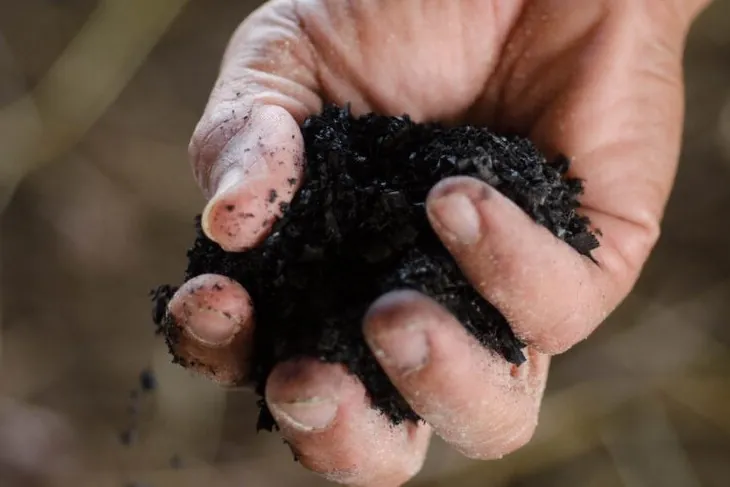The iconic summer fruit faces a double challenge: a shortage of local supply and changing consumption patterns, especially among younger generations.
Fresh cherries have long represented a symbol of Japanese summer, appreciated both in domestic production and among imported varieties. However, in the past two years, the sector has experienced a significant downsizing, with a sharp decline in national production affecting the entire supply chain.
According to the annual report of the Foreign Agricultural Service (FAS) of the United States Department of Agriculture (USDA), total consumption of fresh cherries in Japan dropped to 16,254 tons in the 2024/25 season, marking a 22.4% decrease compared to the previous year.
A moderate recovery
Forecasts for the 2025/26 season suggest a slight rebound: consumption is expected to rise to 16,800 tons, driven by a small increase in domestic production and stable import flows. Nevertheless, levels remain below historical averages, confirming a transitional phase for the Japanese cherry market.
Furusato Nozei and the symbolic value of “premium” cherries
A key aspect of Japanese cherry consumption is the Furusato Nozei tax program, which allows citizens to receive tax benefits in exchange for donations to local municipalities. In return, donors receive local specialty products as gifts — among the most sought-after are high-quality cherries. However, reduced availability has created difficulties for many municipalities, which report increasing shortages in supply.
Between processing and change
Cherries that do not meet the quality standards required for the fresh market are used for industrial processing — particularly for syrup and jam production — representing less than 10% of the total volume.
Traditionally displayed at the entrances of stores to attract customers and offered as prestigious summer gifts, cherries are losing appeal among younger generations. There is a noticeable decline in both the value and volume of summer gifts, signaling a cultural shift in seasonal consumption.
A look to the future
The sector must face the challenge of renewal, focusing on strategies to enhance local varieties, explore new promotional channels, and offer products that resonate with the tastes and habits of new generations. In a context of uncertain production and evolving consumption, the future of cherries in Japan lies between tradition and innovation.
Source: portalfruticola.com
Image source: Klooc
Cherry Times - All rights reserved












